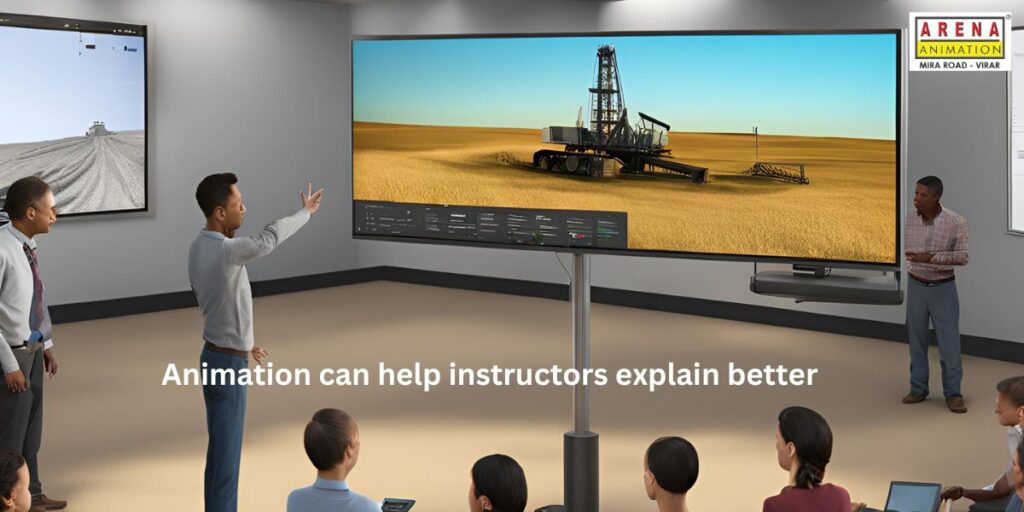
Animation and Visual Effects (VFX) have become integral components of modern education, transforming the way we learn and teach. These powerful tools offer immersive, engaging, and interactive experiences that enhance understanding, retention, and overall learning outcomes.
Educational Applications of Animation and VFX
Interactive Learning:
Simulations: Create realistic simulations of complex scientific experiments, historical events, or medical procedures, allowing students to experience them firsthand without risks.
Gamification: Incorporate game elements like points, levels, and rewards to make learning fun and engaging.
Virtual Reality (VR): Immerse students in virtual environments for hands-on experiences, such as exploring historical sites or dissecting virtual organs.
Visual Explanations:
Complex Concepts: Break down complex topics into visually appealing and easy-to-understand animations.
Abstract Ideas: Use VFX to visualize abstract concepts, making them more tangible and relatable.
Step-by-Step Processes: Guide learners through step-by-step processes using clear and concise animations.
Accessibility:
Inclusivity: Create content that caters to diverse learning styles and abilities, making education more accessible to all students.
Language Barriers: Use subtitles or voiceovers to overcome language barriers and make content universally understandable.
Engagement and Retention:
Captivating Content: Create visually stunning and engaging content that keeps students interested and motivated.
Memorable Experiences: Use animation and VFX to create memorable learning experiences that enhance retention.
Examples of Animation and VFX in Education
Science Education: Animated videos explaining complex scientific concepts, such as DNA replication or the solar system.History Education: Interactive simulations of historical events, like the French Revolution or the Battle of Gettysburg.
Language Learning: Animated language lessons that combine visuals, audio, and interactive exercises.
Medical Education: Virtual anatomy labs and surgical simulations for medical students and professionals.
Engineering Education: 3D models and simulations of engineering concepts, such as fluid dynamics or structural engineering.
Benefits of Using Animation and VFX in Education
Improved Understanding: Visual aids can help students grasp complex concepts more easily.
Increased Engagement: Interactive and engaging content can boost student interest and motivation.
Enhanced Retention: Visual memories are often more powerful than auditory or textual memories.
Accessibility: Animation and VFX can make education more accessible to students with diverse learning styles and abilities.
Cost-Effective: Creating digital content is often more cost-effective than traditional teaching methods.
Conclusion
Animation and VFX are powerful tools that can revolutionize the educational landscape. By providing immersive, engaging, and interactive learning experiences, these technologies can enhance understanding, retention, and overall student outcomes. As technology continues to advance, we can expect to see even more innovative applications of animation and VFX in education.
So how can you learn Animation, VFX AR/VR and use it to assist in Education field? Join Arena Animation Mira Road Virar https://www.arenavirar.com/
For more reading on this subject use the following references :Animation World Network: https://www.awn.com/
Educational Technology: https://www.edutopia.org/
The Chronicle of Higher Education: https://www.chronicle.com/
- Khan Academy: https://www.khanacademy.org/
- TED-Ed: https://ed.ted.com/
- National Geographic: https://www.nationalgeographic.org/
- NASA Space Place: https://spaceplace.nasa.gov/
- Unity: https://unity.com/
- Unreal Engine: https://www.unrealengine.com/
- Adobe After Effects: https://www.adobe.com/products/aftereffects.html
- Blender: https://www.blender.org/
Google Scholar: https://scholar.google.com/
